Ginkgo Monotype Printmaking
Every spring I gather ginkgo leaves from around the neighborhood and make a series of monoprints from them. This year was no exception, and I had a great few days in the studio making these prints, experimenting with several new colors. There are some surprises here.
Here is my step-by-step methods for making these prints.

First, I ink up a plate of plexiglass. I file down the edges so it does not cut the felts on my etching press.

I lay the inked plate on the press bed. The template underneath gives me proper registration for the paper to the plate.

I carefully place ginkgo leaves on the inked plate.

I place the Rives BFK paper on the bed, crank it through the press, and the leaves impress the paper nicely.

The first print is the reverse of the leaves against the inked plate. Nice, right?

The next step is to carefully remove the leaves from the plate with tweezers. I save them for later.

The plate with the leaves removed still has a lot of ink. What is wonderful is that the ginkgo leaves have left an impression in the ink. Next, I pull what is called a ghost print with this plate.

The ghost print. Love it!

Check out the detail that you get from the leaves with this technique. Like little fossils.

Next, I clean my plate, and lay the carefully leaves I removed earlier, ink side up, on the plate. I place paper on it and run it through the press.


Using tweezers, I carefully remove and discard the leaves. This gives me an entirely new print.

With this method, each plate produces three distinct prints. Here is a shot of my inking table, full of colorful inks, followed by a bunch of photos of how I made other prints in this series.





Towards the end of the session, I had collected a lot of inked leaves. I thought I would make a giant print out of them:





Thanks for reading. If you enjoyed it, please consider joining our mailing list and viewing more of Eric's artwork.


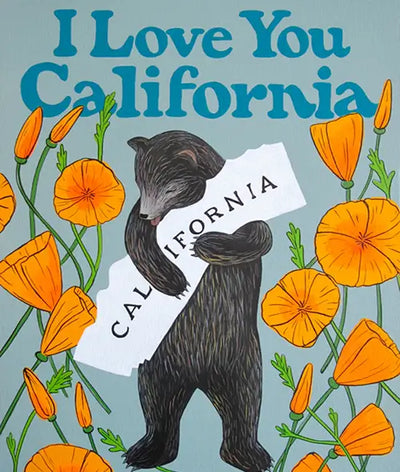
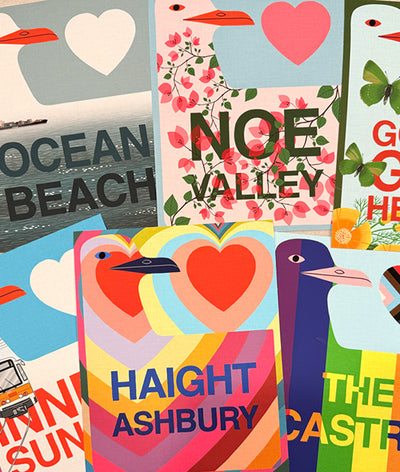
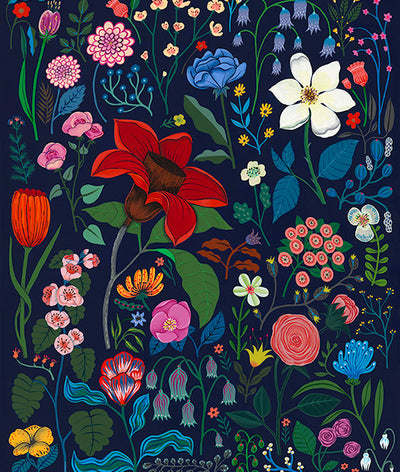
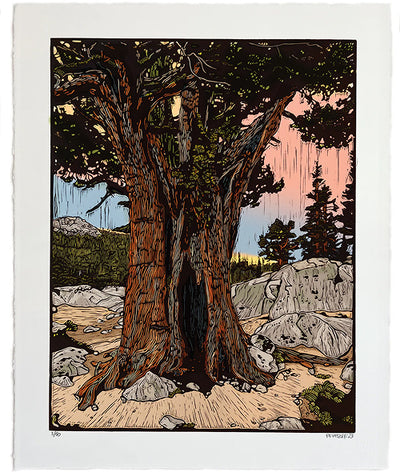
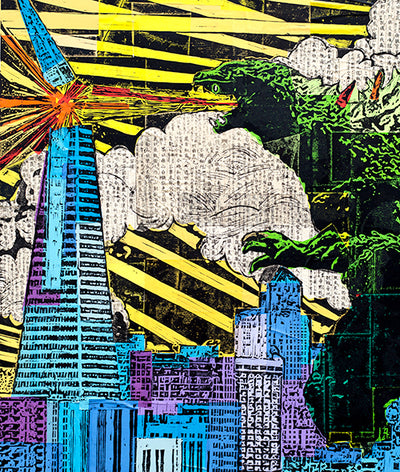
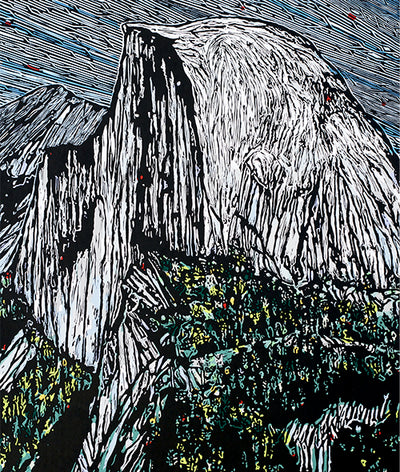
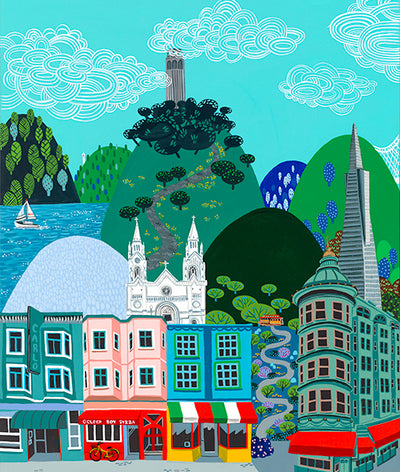
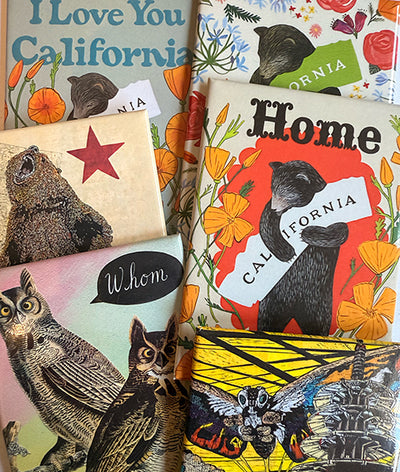
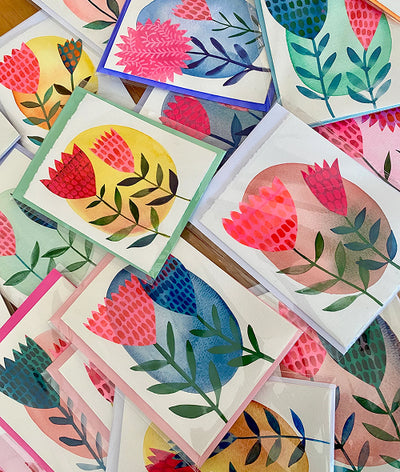
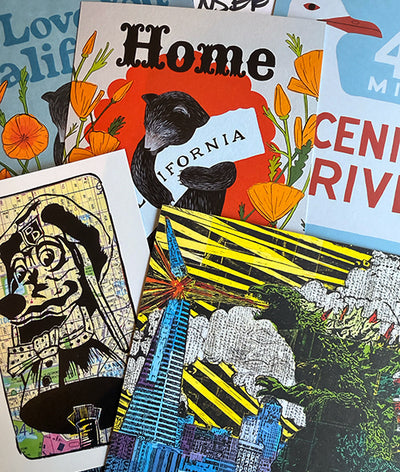
Leave a comment